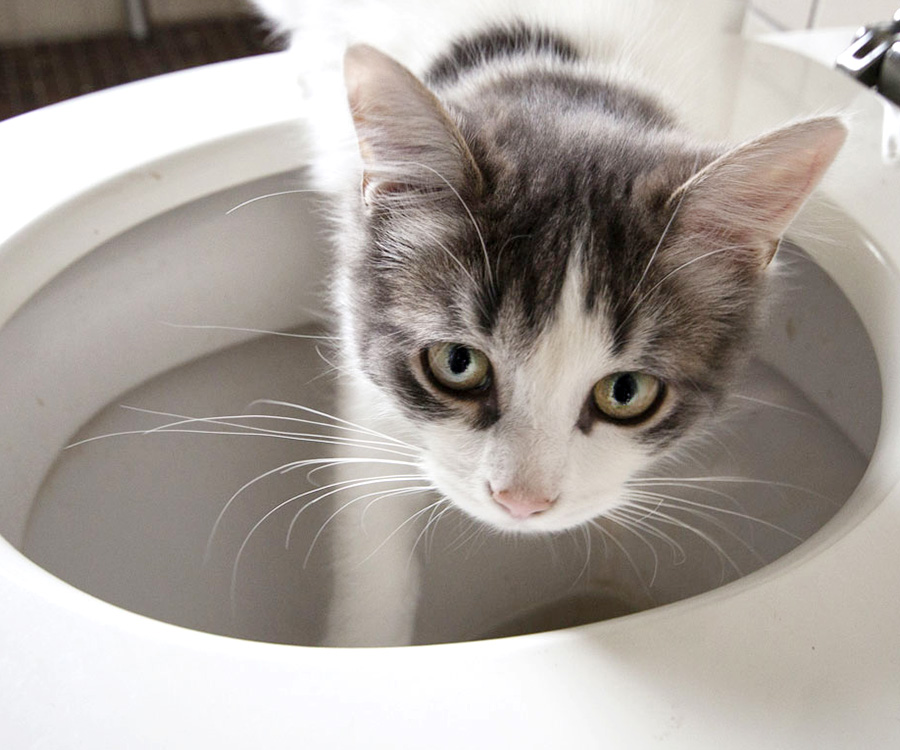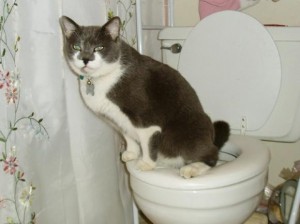We've noticed this article pertaining to Why you should never flush dog poop down the toilet listed below on the web and concluded it made perfect sense to relate it with you on this site.

When it involves dealing with waste, specifically animal waste, many individuals frequently turn to the convenient choice of flushing it down the toilet. However, this relatively simple solution can have severe effects for the environment and public health. In this post, we'll check out why flushing pet waste down the commode is a negative idea and supply alternate methods for proper disposal.
Intro
Appropriate waste disposal is vital for preserving ecological sustainability and public health. While it might seem harmless to purge animal waste down the toilet, it can bring about different issues, both for the setting and human health.
Dangers of flushing pet waste
Ecological effect
Purging pet waste presents unsafe germs and virus right into rivers, which can adversely influence aquatic ecosystems. These virus can pollute water resources and injury marine life, interfering with fragile ecological communities.
Public health issues
Animal waste consists of dangerous microorganisms such as E. coli and Salmonella, which can pose severe health and wellness dangers to people. Flushing pet waste down the bathroom can pollute water supplies, leading to the spread of diseases and infections.
Alternatives to flushing
As opposed to flushing animal waste down the toilet, there are numerous alternative disposal approaches that are much more eco-friendly and sanitary.
Composting
Composting pet waste is a green way to throw away it. By composting, raw material is broken down right into nutrient-rich soil, which can be made use of to fertilize gardens and plants.
Garbage dump disposal
Dealing with pet waste in a land fill is one more option. While not as eco-friendly as composting, it is a more secure choice to flushing, as it prevents the contamination of water resources.
Pet waste disposal systems
There are specific family pet garbage disposal systems readily available that securely and hygienically deal with animal waste. These systems commonly utilize enzymes to break down waste and get rid of odors.
Steps to proper pet waste disposal
To ensure proper disposal of animal waste, adhere to these actions:
Scooping and nabbing waste
Frequently scoop and bag pet waste utilizing eco-friendly bags. This stops waste from infecting the setting.
Making use of marked waste bins
Dispose of bagged animal waste in designated waste bins, such as compost containers or land fill containers. Stay clear of flushing it down the commode whatsoever expenses.
Cleaning can and pet areas routinely
On a regular basis tidy litter boxes and animal locations to avoid the buildup of waste and microorganisms. Use pet-safe cleansing products to preserve health.
Benefits of appropriate disposal approaches
Embracing correct disposal methods for animal waste offers several benefits:
Lowered environmental pollution
Proper disposal techniques lower the risk of environmental pollution, securing rivers and communities from contamination
Lessened danger of water contamination.
By preventing flushing animal waste down the bathroom, the risk of water contamination is substantially lowered, safeguarding public health.
Enhanced sanitation and health
Proper disposal approaches advertise much better sanitation and hygiene, producing a safer setting for both people and pets.
Final thought
Finally, flushing pet waste down the commode is damaging to the setting and public health. By adopting alternate disposal approaches and following appropriate waste monitoring practices, we can reduce the unfavorable effect of animal waste and contribute to a cleaner, healthier world.
What To Do With Dog Poo – The Do's And Don'ts Of Disposing Of Faeces
Dog poo bins
Some councils provide dedicated dog waste bins in popular dog-walking areas that can take dog poo that has been bagged but you can legally dispose of dog waste in any public litter bin, as long as it is securely bagged. This also applies to your wheelie bin at home.
Do not flush
Water companies do not recommend flushing dog faeces down the toilet because certain parasites can survive the water processing treatment and are potentially harmful to humans. You should also never consider flushing dog poo that has been bagged down the toilet as the bags will not break down and instead create severe blockages in the sewage system.
In the woods
The Forestry Commission promotes a ‘stick and flick’ method for dealing with waste in the woods. This means finding a stick and using it to flick any poo from off the path so that it is out of the way of other walkers. You could also bury it as long as it is not in an area where there might be livestock.
Livestock
Parasites found in dog poo can be transmitted to livestock if they inadvertently eat infected faeces that has been left on grazing land. This could result in the death of sheep or abortion in cattle so you should always make sure you pick up your dog’s waste in fields where livestock could be present.

On a regular basis tidy litter boxes and animal locations to avoid the buildup of waste and microorganisms. Use pet-safe cleansing products to preserve health.
Benefits of appropriate disposal approaches
Embracing correct disposal methods for animal waste offers several benefits:
Lowered environmental pollution
Proper disposal techniques lower the risk of environmental pollution, securing rivers and communities from contamination
Lessened danger of water contamination.
By preventing flushing animal waste down the bathroom, the risk of water contamination is substantially lowered, safeguarding public health.
Enhanced sanitation and health
Proper disposal approaches advertise much better sanitation and hygiene, producing a safer setting for both people and pets.
Final thought
Finally, flushing pet waste down the commode is damaging to the setting and public health. By adopting alternate disposal approaches and following appropriate waste monitoring practices, we can reduce the unfavorable effect of animal waste and contribute to a cleaner, healthier world.
What To Do With Dog Poo – The Do's And Don'ts Of Disposing Of Faeces
Dog poo bins
Some councils provide dedicated dog waste bins in popular dog-walking areas that can take dog poo that has been bagged but you can legally dispose of dog waste in any public litter bin, as long as it is securely bagged. This also applies to your wheelie bin at home.
Do not flush
Water companies do not recommend flushing dog faeces down the toilet because certain parasites can survive the water processing treatment and are potentially harmful to humans. You should also never consider flushing dog poo that has been bagged down the toilet as the bags will not break down and instead create severe blockages in the sewage system.
In the woods
The Forestry Commission promotes a ‘stick and flick’ method for dealing with waste in the woods. This means finding a stick and using it to flick any poo from off the path so that it is out of the way of other walkers. You could also bury it as long as it is not in an area where there might be livestock.
Livestock
Parasites found in dog poo can be transmitted to livestock if they inadvertently eat infected faeces that has been left on grazing land. This could result in the death of sheep or abortion in cattle so you should always make sure you pick up your dog’s waste in fields where livestock could be present.

I have been very inquisitive about 10 Things You Should Never Flush Down The Toilet and I'm hoping you appreciated our piece. Those who enjoyed reading our blog posting kindly consider to pass it around. I praise you for being here. Revisit us soon.
Call